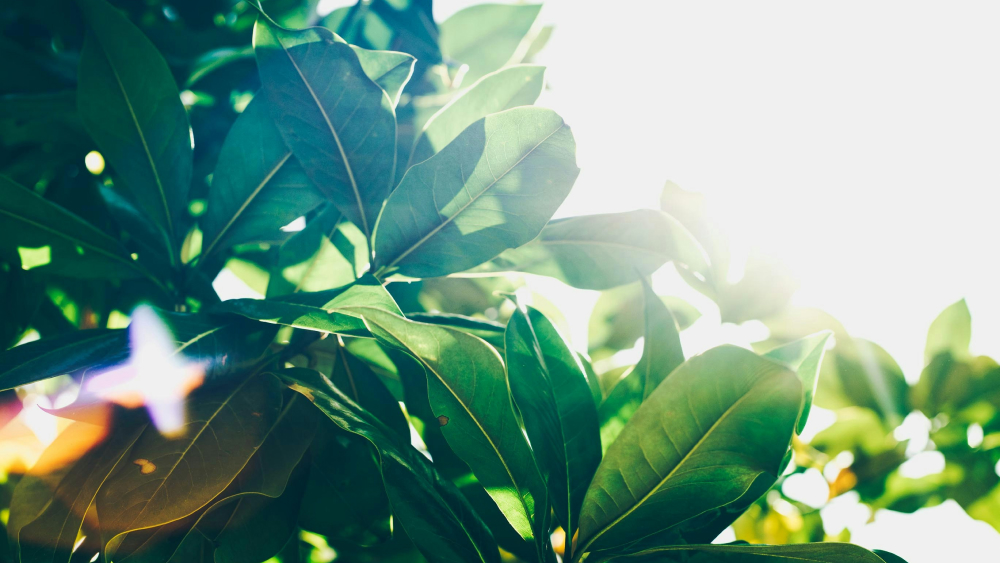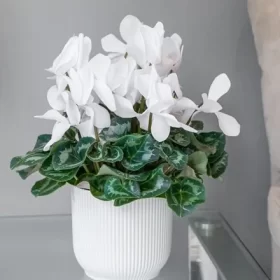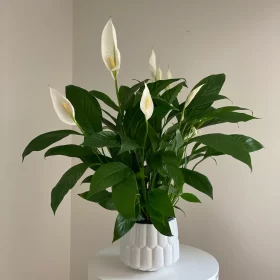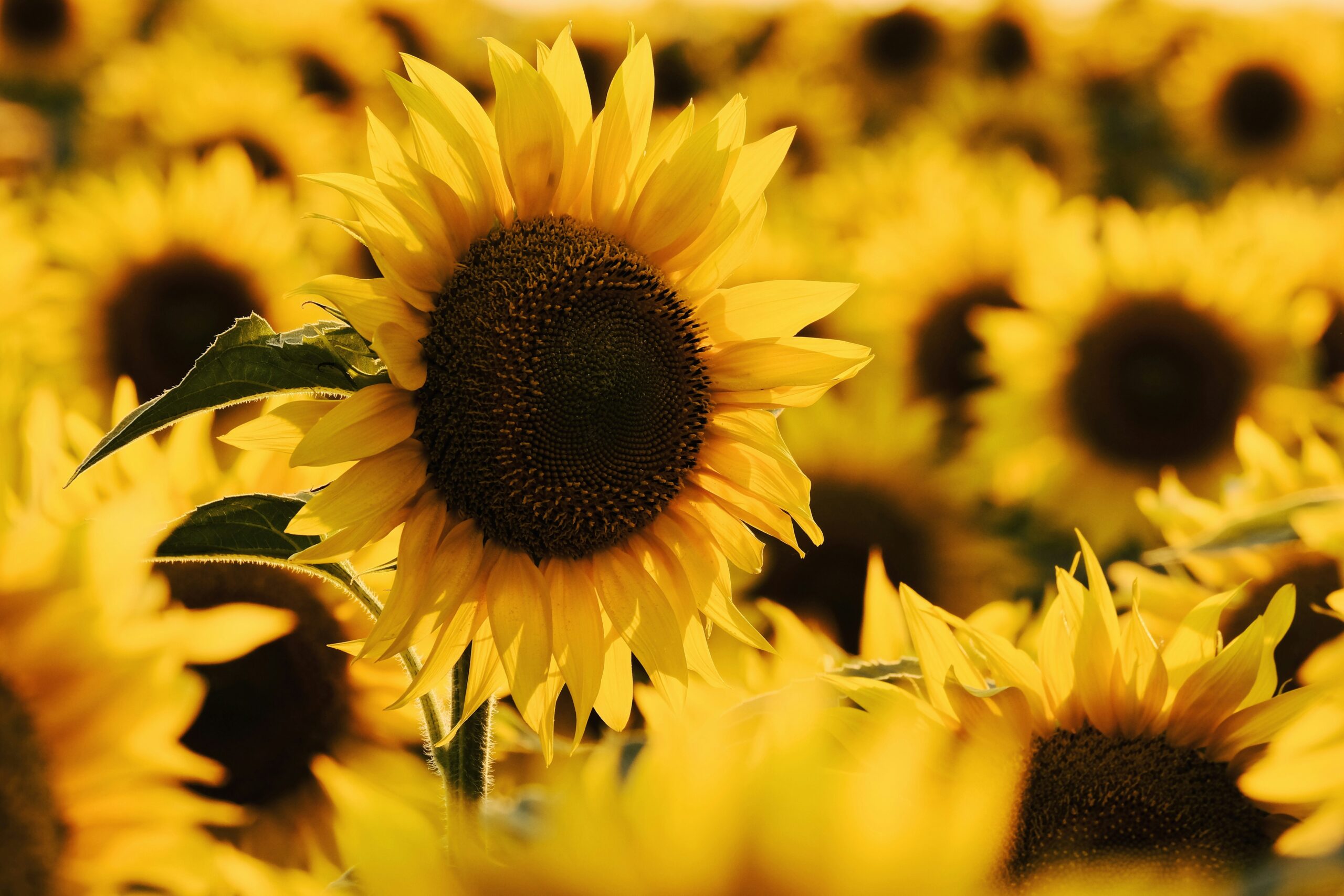
Light is a fundamental element for plant growth, but understanding the specific sun requirements for different plants can be a challenge. Whether you’re a gardening enthusiast or someone looking to order a plant through same day plant delivery or flower plant delivery services, knowing how much sunlight a plant needs is crucial for its health and vitality. This article, divided into two parts, will explore the various sun and shade conditions, how to choose the right plant for your available light, and the best houseplants for different indoor light conditions.
Defining Sun and Shade Conditions, Choosing the Right Plant
Defining Sun and Shade Conditions
- Full Sun: Full sun refers to areas that receive direct sunlight for at least 6 to 8 hours a day. This is ideal for plants that thrive in bright light and heat.
- Partial Sun/Partial Shade: These terms are often used interchangeably and refer to areas that receive 3 to 6 hours of sun per day, preferably in the morning and early afternoon.
- Full Shade: Full shade areas receive no direct sunlight, only indirect or filtered light. This doesn’t mean complete darkness but rather minimal direct exposure to sun rays.
Choosing the Right Plant for Your Available Light
- Assessing Your Space: Observe the light patterns in your space throughout the day. This will help you determine which plants are best suited for your environment.
- Understanding Plant Needs: When selecting a plant, whether from a local nursery or through a flower plant delivery service, pay attention to the plant’s tag or description, which usually indicates its light requirements.
- Adapting to Conditions: If you have a specific plant in mind but your conditions don’t match, consider using grow lights or placing the plant in a well-lit area for a few hours each day.
Houseplants for Different Indoor Light Conditions
- Plants for Bright, Direct Light: Succulents, cacti, and other sun-loving plants are ideal for windowsills or areas that receive ample sunlight.
- Plants for Medium Light: Many popular houseplants, such as Spider Plants and Peace Lilies, thrive in medium light conditions, away from direct sunlight but still in a well-lit room.
- Plants for Low Light: Plants like the Snake Plant and ZZ Plant are perfect for low-light conditions, able to thrive even in dimly lit corners.
Understanding the sun requirements for plants is essential in ensuring their health and growth. By defining the sun and shade conditions of your space and choosing plants that match these conditions, you can create a thriving indoor or outdoor garden. Whether you’re a seasoned gardener or relying on same day plant delivery services, this knowledge is key to a successful plant parenting journey.
Managing Plants in Various Light Conditions and Additional Care Tips
Continuing our exploration of sun requirements for plants, this part focuses on effectively managing plants in different lighting conditions and provides additional tips for optimal plant care. Whether you’re a gardening enthusiast or someone utilizing services like same day plant delivery or flower plant delivery, these insights can help you nurture your plants more effectively.
Managing Plants in Different Light Conditions
- Adjusting Plant Placement: Regularly assess and adjust the placement of your plants. If a plant shows signs of stress in its current spot, such as leggy growth or faded leaves, it might need more or less light.
- Using Reflective Surfaces: In areas with low light, use mirrors or other reflective surfaces to increase light availability to your plants.
- Rotating Plants: Rotate your plants periodically to ensure that all sides receive equal light, promoting even growth.
Additional Care Tips for Optimal Plant Health
- Watering Requirements: Understand that light conditions affect watering needs. Plants in brighter light may require more frequent watering, while those in low light need less.
- Fertilizing Appropriately: The right fertilization can help plants thrive, especially when they are not receiving ideal light conditions. Use a balanced fertilizer and follow the recommended frequency and dosage.
- Pruning and Maintenance: Regular pruning helps manage growth and remove any dead or yellowing leaves, encouraging healthier and more aesthetically pleasing plants.
- Monitoring for Pests and Diseases: Keep an eye out for signs of pests or diseases, which can be more prevalent in plants that are not in their ideal light conditions.
Choosing Plants for Specific Environments
- Office Spaces: For office environments, which often have fluorescent lighting, choose plants like the Pothos or Philodendron that can tolerate low to medium light.
- Bright Homes: In homes with ample sunlight, consider plants like the Bird of Paradise or Aloe Vera, which thrive in bright conditions.
- Shaded Areas: For shaded outdoor areas or dimly lit rooms, ferns and certain types of ivy can be excellent choices.
Conclusion
Understanding and managing the sun requirements for plants is crucial in nurturing a healthy and vibrant garden, whether indoors or outdoors. By choosing the right plants for your available light and providing appropriate care, you can ensure that your plants not only survive but thrive. From the sun-loving succulents to the shade-tolerant ferns, each plant has its unique needs and beauty. Remember, the key to successful plant care lies in observing and responding to your plants’ cues, ensuring they receive the right balance of light, water, and nutrients. Whether you’re a seasoned gardener or someone who appreciates the convenience of flower plant delivery, embracing these principles will lead to a rewarding and flourishing plant experience.





